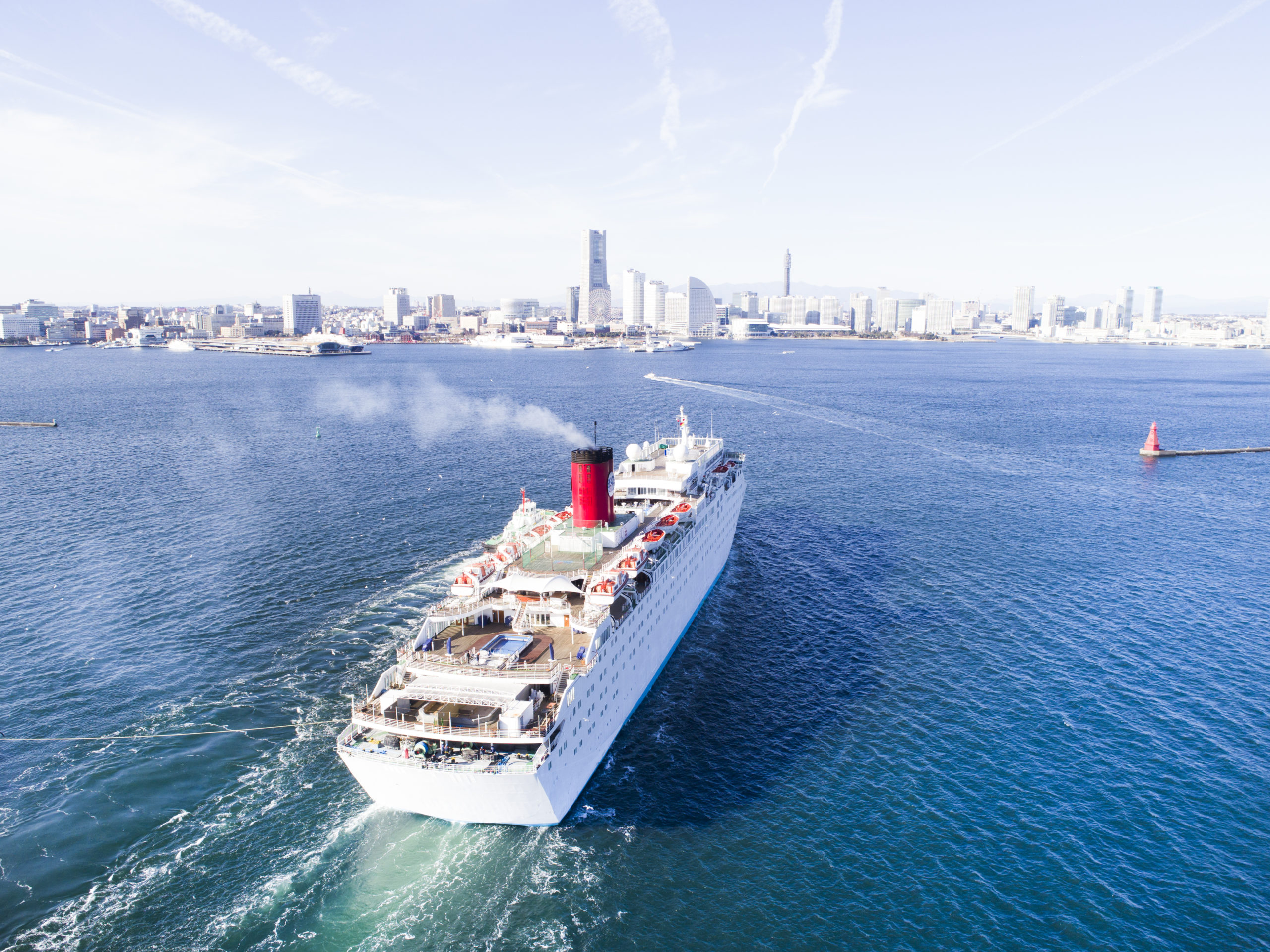Any other year, Canadian snowbirds would be anticipating the release of early-bird travel insurance deals for the coming winter season in the US sunbelt or other warm subtropical location. June, July, August—that’s when insurers normally begin rolling out their products for the coming season.
But this is not just any other year. The attack of Covid-19 coronavirus has seen to that.
As we know, many of you got back north of the border by the skin of your teeth in late March and April before the border shut down. A few others didn’t quite make it and had to pay the price of quarantine.
And now the quandary: what to do about winter 20/21? A lot of questions to deal with.
When will the US/Canada border restrictions end? Will you feel safe travelling to your winter home? Will you have to wear a face mask all winter? How do you know who to believe? Is it time to look beyond the fear?
Let’s start with some facts–as provided by John Hopkins University Coronavirus Resource Centre, official data monitor for coronavirus Infections and deaths worldwide.
The US, which is the winter home to most of Canada’s snowbirds, has attracted much attention for its COVID-related death toll—now exceeding 80,000. That amounts to 242 deaths per one million inhabitants. (The US has a population of 330 million). Actually, that’s quite modest when compared to other major developed nations: 757 deaths per million inhabitants of Belgium; 569 per million for Spain, 505 for Italy; 479 for UK, and 393 for France. As for Canada, Covid-related deaths stand at 134 per million population, and for Germany, only 92 per million. These figures are current for May 11.
But in looking more closely at the US figures, we note that the states of New York and adjacent New Jersey account for almost one half of US COVID-related deaths while there remain huge swaths of America where the infection and death rates vary dramatically. Of special interest to snowbirds,
their home-away-from home states generally record considerably lower COVID death rates than many less populated ones. California, Texas and Florida are the top three most populous of US states, in that order. Arizona has a far smaller population but is second only to Florida in hosting Canadian snowbirds.
Florida, with a population of about 22 million, has recorded 1771 COVID-related deaths as of May 11. That’s slightly better than Ontario, which with a population of just over 15 million has recorded 1669 deaths. (The population figures are rounded to 2020 estimates).
California, with a population of close to 40 million has recorded 2717 COVID-related deaths; Texas, with a population of about 29 million has recorded 1088 COVID-related deaths, and Arizona, with a population of about 7 million has recorded 536 such deaths.
A personal note from MK. Recording numbers of deaths is a grim business. No death from COVID or any other such plague is acceptable. But if we are to deal with our fears, we must take a step beyond, and deal with the facts that underlie those fears.
The re-opening—so far, gradual and measured.
All of these states are now gradually reopening small businesses such as restaurants, small retail outlets, and generally inhabitants are adhering to physical distancing and face mask rules. Florida has opened up most of its beaches to small groups, properly spaced. The spring break outbursts that made headlines around the world in March and April were quickly quashed by Florida’s governor. The exception to Florida’s beach re-opening so far are the highly-populated southeast counties of Palm Beach, Broward and Miami-Dade. But central Florida, the Gulf coast, northeastern Florida and the panhandle are well into re-opening.
In Arizona too, the lights are being turned back on. To quote a report from the Washington Examiner:
“At OSO Brewery in Gilbert, customers lined up at the bar Monday afternoon (May 11) and sat in every other dining room table. In North Scottsdale, Cien Agaves had new clear plastic dividers between booths as mask-clad staff offered digital menus to customers.”
In Texas, restaurants and retail stores have been allowed to re-open (with 25 percent occupancy), so have some malls and golf courses (one person per cart and a four-player maximum groups). In the Rio Grande Valley, ground zero for Canadian snowbirds, barbershops and nail salons have also opened up—six feet minimum between stations and all other social distancing rules in effect.
In California, the “stay at home order” was lifted for most of the state on May 8, and hardly a week later was reinstated for Los Angeles county for a projected three months. Nonetheless, businesses in less- populated areas were allowed to move into phase two of four phase statewide re-opening.
It’s a beginning. How long will it take? Will it be successful or turn out to be a mistake? It’s only May. But Canadian snowbirds like to do their planning well ahead of time. To be a successful snowbird, planning is the rule.
We’ll be following up on the re-opening efforts, not only in areas of interest to snowbirds, but for other leisure travellers as well. Stay with us.
© Copyright 2020 Milan Korcok. All rights reserved.














